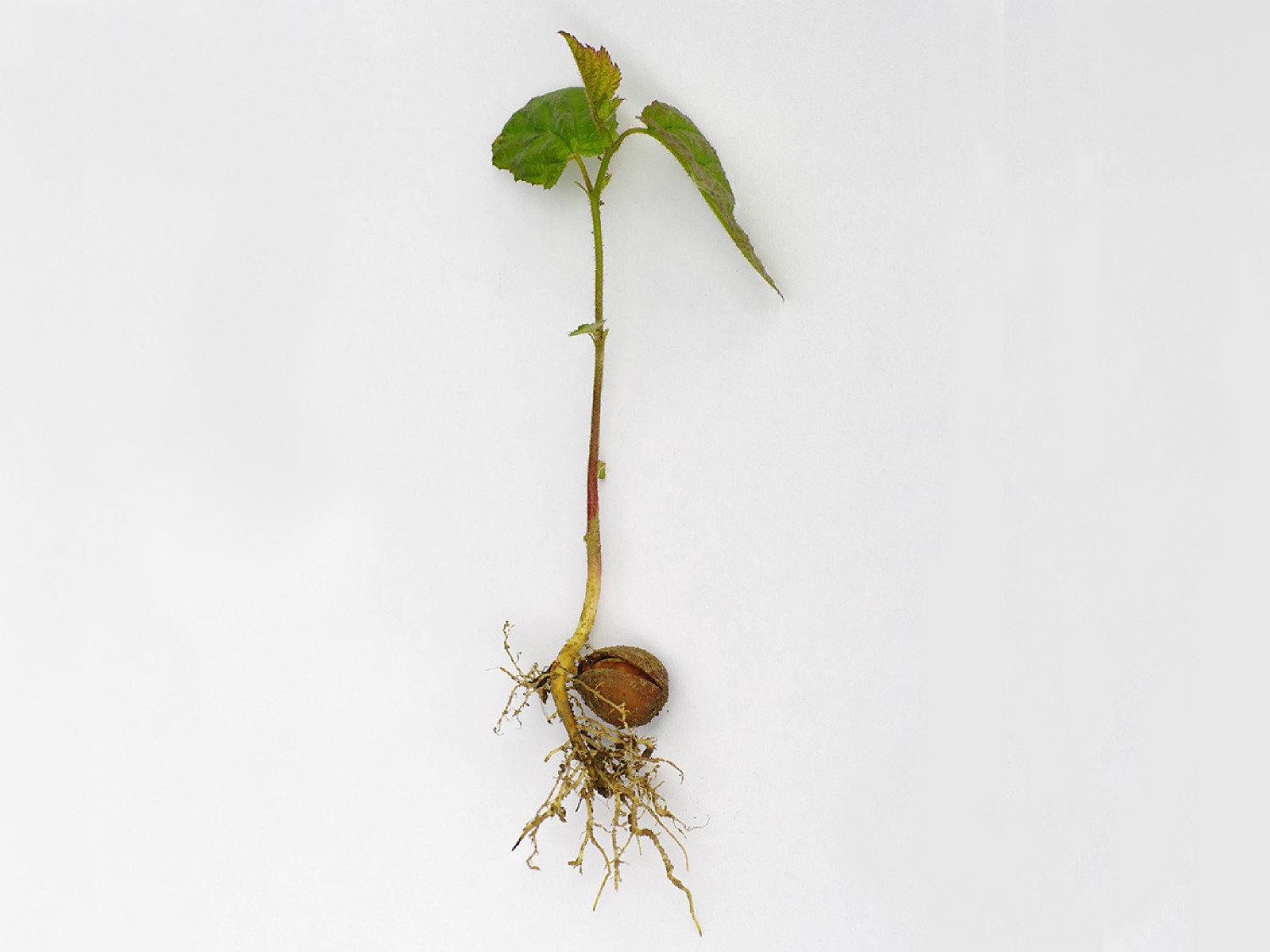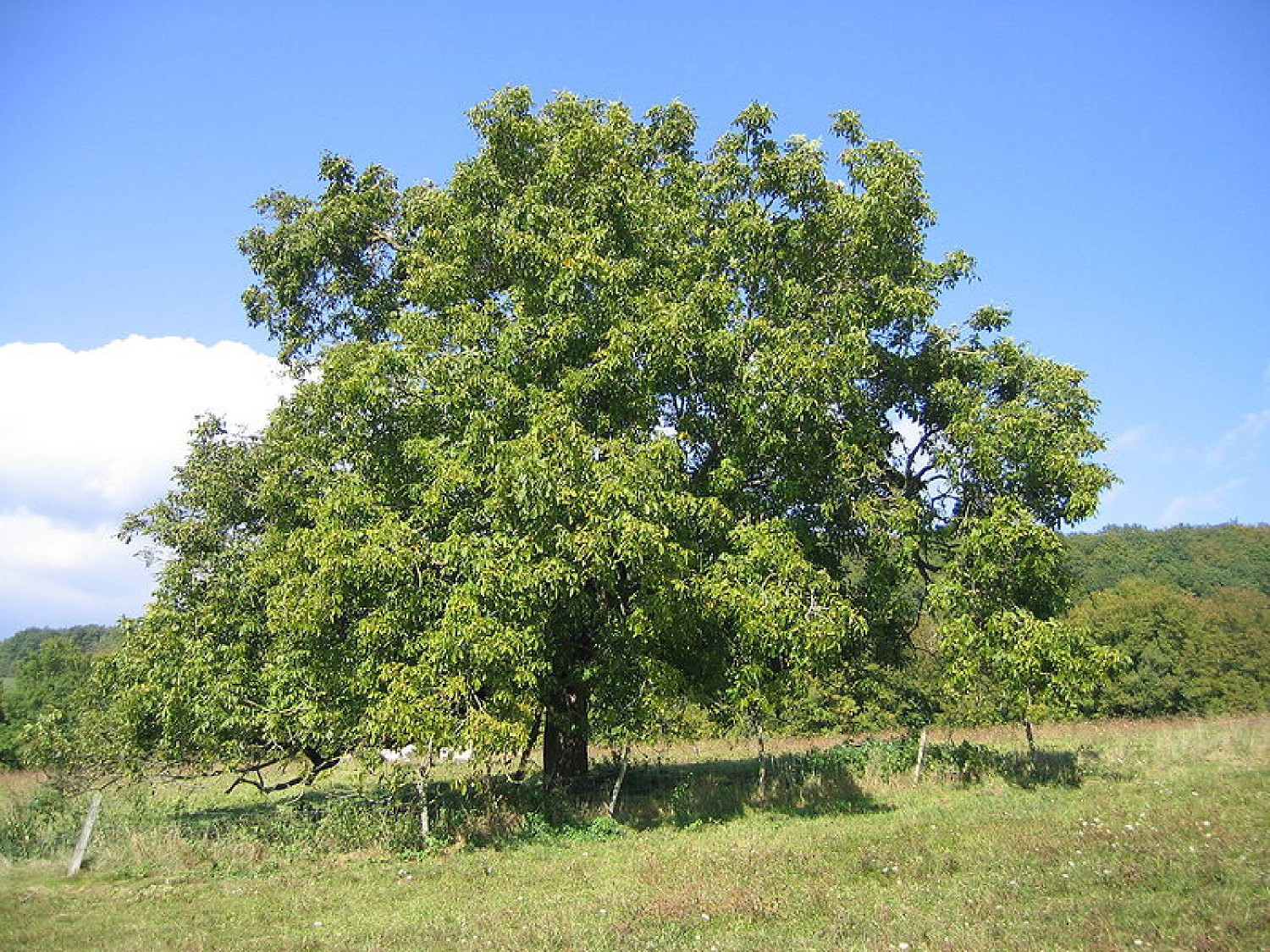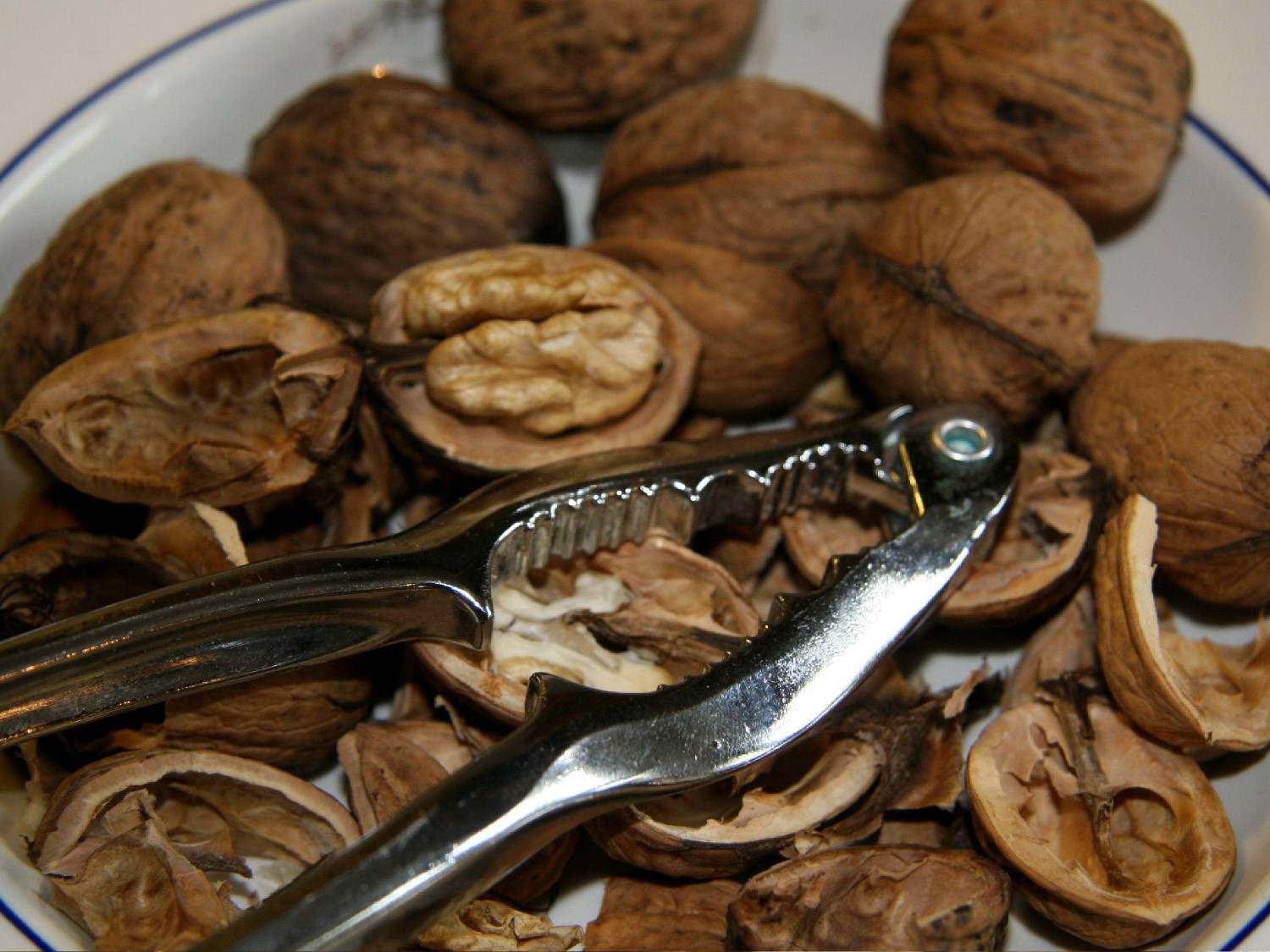Survivalism
The attempt or fact of continuing to live or exist, typically in spite of difficult or life-threatening circumstances. This can be broken down into a personal or a societal attempt at self-preservation.
Directions
Phase 1: Social stratification self-challenge.
Hazelnuts, peanuts, and walnuts are randomly distributed among participants. We have them in different amounts: fewer peanuts, a majority of walnuts, some hazelnuts. A nut can be seen as a seed and, as such, is a survival strategy for a whole species over generations and generations. The participants should use their senses to smell, listen to, and feel the life hidden in the nut. The nut can also be considered as food. They could feed us now, or could feed small animals at a later time. As seeds, they would keep their capacity to reproduce trees and more seeds, and so more food, over a longer time period.
Each person has to decide what to do with their nuts: to eat them, to share them, or plant them to become a tree. All of these choices are valid. Participants are given 1 minute to try to crack their nut; or to decide that they don’t want to crack it, and to keep it for later.
After the countdown, the situation is as follows:
‒ one-third cracked successfully; ‒ one-third decided not to crack.
But we notice that peanuts are the easiest nut to crack, and so, for the sake of this exercise, you peanut holders are the one percenters. Walnuts are a little harder to crack, so you walnut heads take on the persona of the middle class. And those with hazelnuts—the toughest nut to crack—represent disenfranchised populations. Hang on to your nut for this upcoming exercise. The three nuts represent three different socioeconomic social strata, or classes. Participants become aware of their social condition. They reflect on their previous choice.
After the Titanic sank, researchers discovered that statistically the wealthier passengers survived in greater proportion to lower-income passengers. This is just one example of the socioeconomic stratification that happens in disasters.
For our next exercise we will be playing a version of “Reise Nach Jerusalem,” or, in English, “Musical Chairs.” In a few moments everyone will be asked to make their way to the back of the room and to try to find a seat. But, unlike the original game, everyone, somehow, must fit into this “boat” as the chairs are slowly removed.
Not to get too tied up in the Titanic analogy, we also thought about the current immigration crisis, or disease and access to resources, or even a future rocket ship to a more habitable planet. Keep this in mind as you take your nut and grab a seat at the back. Everyone get up and move to the back of the room. Hurry, there are limited seats!
Phase 2: Survivalism, cooperation.
Keeping their social class in mind, all participants are asked to quickly reach a boat and try to get a seat. There are not enough seats for everybody, so cooperation strategies are required. A sudden alarm interrupts the room and the movement stops. Some seats are removed and so there are fewer places for people to sit.
The exercise starts again, as the alarm siren continues to sound. The game stops. People must work together to somehow sit together using less space.
Participant reflection
by Christopher Reznich
In the moment, it was difficult to tell whether it was possible for an assumed identity to override—or even to sway in any way—the instinct toward altruism or solidarity. We assumed technological and strategic advances to increase efficiency within our support systems: three passengers fitted in when seated, whereas seven fitted if standing; linked arms ensured stability aboard a single vessel and made it possible to support and be supported by neighbors … If resources had become truly scarce, it seemed likely that our technological and strategic advances had allowed us to build a scaffold for a more violent and destructive fallout.







